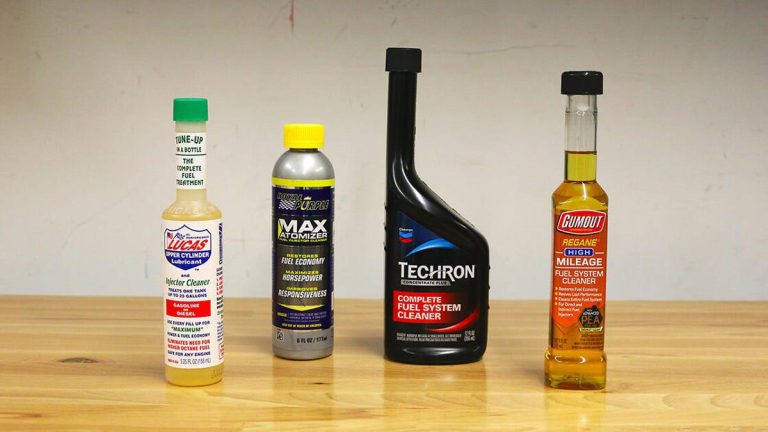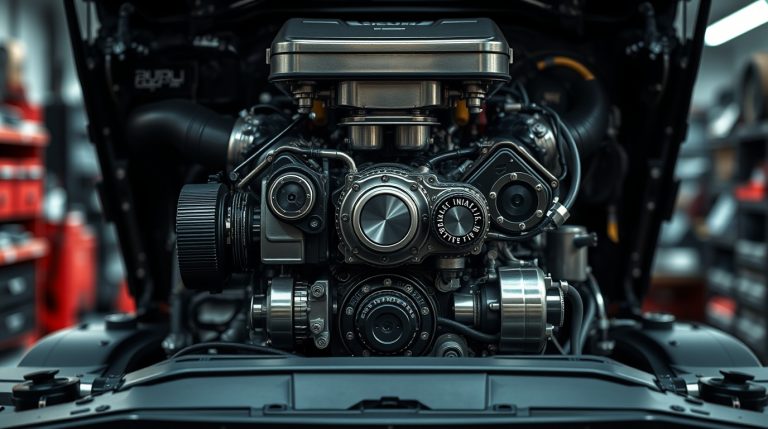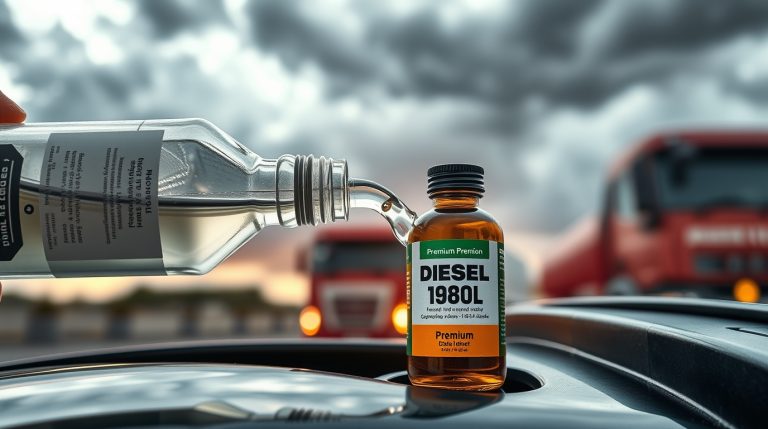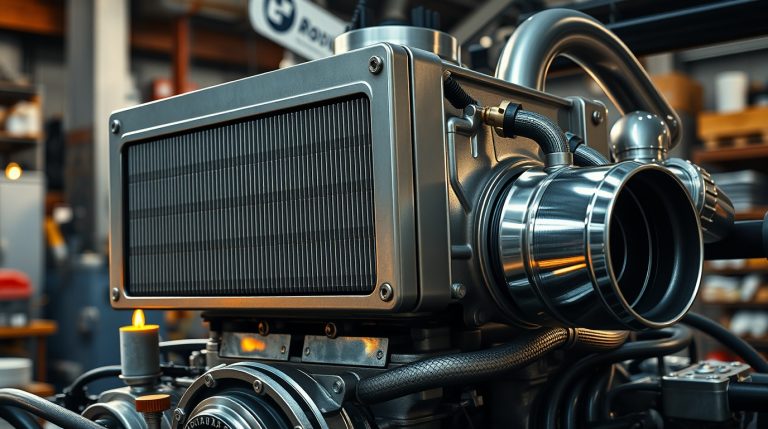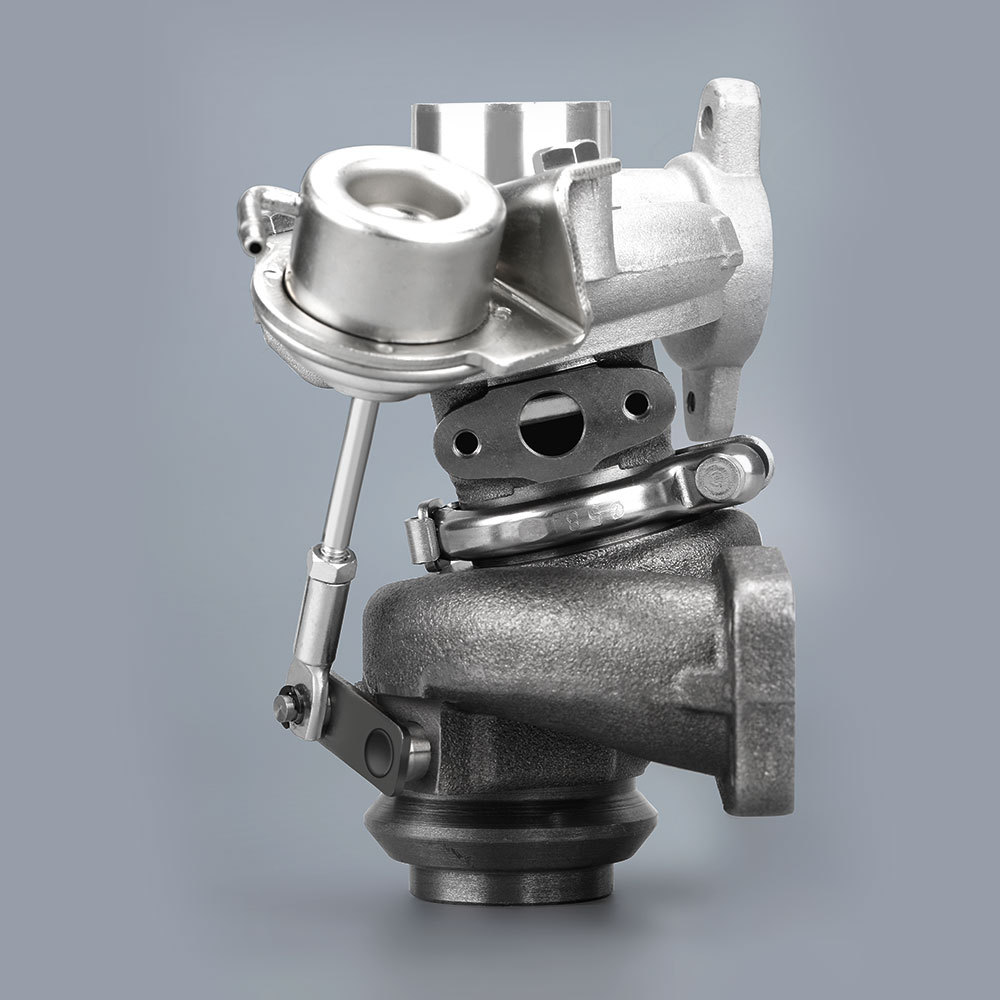
The PSA 1.6 HDi engine , found in popular models from Peugeot, Citroën, and other manufacturers, has earned a reputation for its efficiency and reliability. However, one of the most common issues owners face is turbocharger failure. This problem can be costly and frustrating if not addressed promptly. In this guide, we’ll explore the causes of turbocharger failure in the PSA 1.6 HDi engine, the warning signs to watch for, and essential tips to ensure proper fitting when replacing or repairing the turbocharger.
Why Does the Turbocharger Fail in the PSA 1.6 HDi?
Turbochargers are designed to enhance engine performance by forcing more air into the combustion chamber, improving power and fuel efficiency. However, several factors can lead to premature failure in the PSA 1.6 HDi engine:
1. Oil Starvation
One of the leading causes of turbocharger failure is oil starvation. The turbocharger relies on a steady supply of clean, pressurized oil to lubricate its bearings and cool the turbine. If the oil supply is restricted due to clogged oil lines, low oil levels, or poor-quality oil, the turbocharger can overheat and seize.
2. Contaminated Oil
Dirty or degraded oil can introduce abrasive particles into the turbocharger’s delicate components. These contaminants can wear down the bearings and cause catastrophic damage over time.
3. Overheating
The PSA 1.6 HDi engine is known for running hot under certain conditions. Prolonged exposure to high temperatures can cause the turbocharger’s internal components to warp or degrade, especially if the cooling system is not functioning properly.
4. Manufacturing Defects
Some early versions of the PSA 1.6 HDi turbochargers were plagued by manufacturing defects, leading to higher-than-average failure rates. These issues have been well-documented in forums and repair guides.
5. Incorrect Installation
Improper fitting during a turbocharger replacement can also lead to failure. For example, failing to replace gaskets, seals, or oil feed lines can result in leaks or inadequate lubrication.
Symptoms of Turbocharger Failure
If your PSA 1.6 HDi turbocharger is failing, you may notice one or more of the following symptoms:
1. Loss of Power
A failing turbocharger will struggle to compress air effectively, resulting in reduced engine power. You may notice sluggish acceleration or difficulty maintaining speed, especially on inclines.
2. Excessive Smoke from the Exhaust
Blue or black smoke from the exhaust is a telltale sign of turbocharger issues. Blue smoke indicates oil leaking into the combustion chamber, while black smoke suggests unburned fuel caused by improper air-fuel mixing.
3. Whistling or Squealing Noises
A high-pitched whistling or squealing noise under acceleration often points to a damaged turbocharger impeller or a leak in the intake or exhaust system.
4. Check Engine Light Illuminated
Modern vehicles are equipped with sensors that monitor turbocharger performance. If the ECU detects irregularities, it will trigger the Check Engine Light and store diagnostic trouble codes (DTCs) such as P0299 (underboost) or P0234 (overboost).
5. Oil Leaks
Oil leaks around the turbocharger housing or connections are another common symptom. These leaks can occur due to worn seals or gaskets and should be addressed immediately to prevent further damage.
Fitting Warnings: Avoiding Common Mistakes
Replacing or repairing a turbocharger is a complex task that requires precision and attention to detail. Here are some critical warnings and tips to ensure a successful installation:
1. Always Replace Gaskets and Seals
When fitting a new turbocharger, it’s essential to replace all gaskets, seals, and O-rings. Using old or worn components can lead to leaks and premature failure.
2. Flush the Oil System
Before installing a new turbocharger, flush the engine’s oil system to remove any debris or contaminants. Consider using a high-quality engine flush solution to ensure the system is clean.
3. Inspect Oil Feed and Drain Lines
Check the oil feed and drain lines for blockages or damage. Even a small restriction can starve the turbocharger of oil, leading to overheating and failure.
4. Prime the Turbocharger
Before starting the engine, prime the turbocharger by pouring a small amount of clean oil into the oil inlet port. This ensures the bearings are adequately lubricated during the initial startup.
5. Avoid Over-Tightening Bolts
Over-tightening bolts during installation can damage the turbocharger housing or gaskets. Always follow the manufacturer’s torque specifications.
6. Use High-Quality Replacement Parts
When replacing components like the turbocharger, gaskets, or oil lines, opt for high-quality parts designed specifically for the PSA 1.6 HDi engine. A reliable turbocharger replacement kit can make all the difference in ensuring long-term performance.
How to Diagnose Turbocharger Issues
If you suspect your turbocharger is failing, here are some steps to diagnose the problem:
- Scan for Error Codes: Use an OBD-II scanner to retrieve diagnostic trouble codes related to turbocharger performance.
- Inspect for Oil Leaks: Check the turbocharger housing and surrounding components for signs of oil leaks or contamination.
- Listen for Unusual Noises: Pay attention to any whistling, squealing, or grinding noises during operation.
- Test Boost Pressure: Use a boost pressure gauge to measure the turbocharger’s output. Low boost pressure is a strong indicator of turbocharger failure.
Preventing Turbocharger Failure
Prevention is always better than cure. Here are some tips to extend the life of your PSA 1.6 HDi turbocharger:
- Use High-Quality Oil: Clean, high-quality oil reduces the risk of contamination and ensures proper lubrication (Source: Automotive Lubricants Association ).
- Perform Regular Maintenance: Stick to your vehicle’s recommended service schedule, including oil changes and filter replacements.
- Monitor Engine Temperatures: Keep an eye on your engine’s temperature gauge and address overheating issues promptly.
- Drive Responsibly: Avoid aggressive driving, especially during cold starts, to reduce stress on the turbocharger.
Conclusion
Turbocharger failure in the PSA 1.6 HDi engine is a common issue, but understanding the causes, recognizing the symptoms, and following proper fitting procedures can help you avoid costly repairs. Whether you’re diagnosing a problem or replacing a faulty turbocharger, paying attention to detail and using high-quality parts is key to restoring your vehicle’s performance.
Have questions about turbocharger failure or need advice on replacements? Leave a comment below—we’re here to help!

